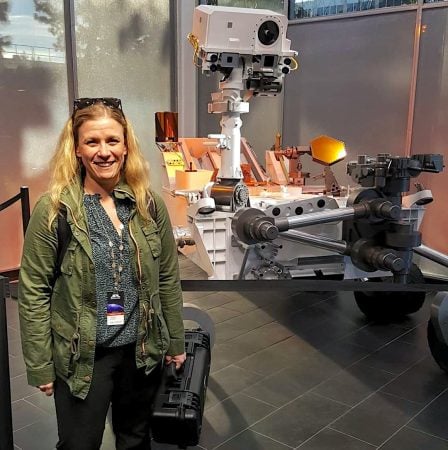The Vice President for Research Office (VPR) has awarded the following Century II Campaign Endowed Equipment Fund (C2E2) awards at the recommendation of the C2E2 Committee:
- Bo Chen (CS) — Developing an Autonomous Vehicle Testbed for Research and Education in Vehicle Security
- Terri Jo Frew (VPA) — Peter Pugger VPM-9SS Clay Pug Mill and Stand
- Robert Handler (ChE/BioSci) — Michigan Tech Aquaponics
- Parth Bhatt (CFRES) — Enhancing CFRES’s Research and Educational Capabilities through Acquisition of the DJI Mavic 3M Drone
- Matthew Moore (VPA) — Proposal for Making Improvements to the Rozsa Scene Shop Dust Collection System for a Safer and Healthier Environment
- Tan Chen (ECE) — Acquisition of a Humanoid Robot to Advance Multi-Disciplinary Research and Strengthen Robotics Engineering Education at Michigan Tech
Thank you to the C2E2 Committee members and the deans and department chairs for their time spent on this internal research award program.
For additional information on the C2E2 opportunity, visit the C2E2 website.
